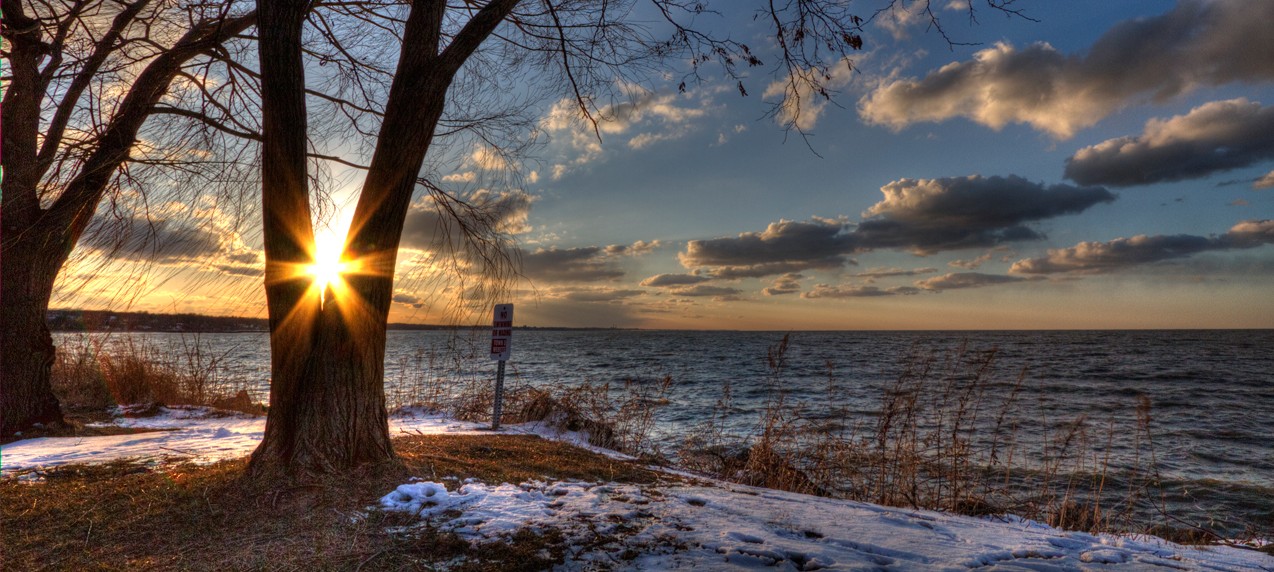Please wait ...

Time-lapse photography is a technique whereby the frequency at which film frames are captured (the frame rate) is much more spread out than the frequency used to view the sequence. When played at normal speed, time appears to be moving faster and thus lapsing. For example, an image of a scene may be captured at 1 frame per second, but then played back at 30 frames per second; the result is an apparent 30 times speed increase. In a similar manner, film can also be played at a much lower rate than it was captured at, slowing down an otherwise fast action, as in slow motion or high-speed photography.
Processes that would normally appear subtle and slow to the human eye, e.g. the motion of the sun and stars in the sky or the growth of a plant, become very pronounced. Time-lapse is the extreme version of the cinematography technique of undercranking. Stop motion animation is a comparable technique; a subject that does not actually move, such as a puppet, can repeatedly be moved manually by a small distance and photographed. Then the photographs can be played back as a film at a speed that shows the subject appearing to move.
Some classic subjects of time-lapse photography include:
The technique has been used to photograph crowds, traffic, and even television. The effect of photographing a subject that changes imperceptibly slowly, creates a smooth impression of motion. A subject that changes quickly is transformed into an onslaught of activity.
The inception of time-lapse photography occurred in 1872 when Leland Stanford hired Eadweard Muybridge to prove whether or not race horses hooves ever are simultaneously in the air when running. The experiments progressed for 6 years until 1878 when Muybridge set up a series of cameras for every few feet of a track which had tripwires the horses triggered as they ran. The photos taken from the multiple cameras were then compiled into a collection of images that recorded the horses running
The first use of time-lapse photography in a feature film was in Georges Melies motion picture Carrefour De L'Opera (1897).
The first use of lapse-time to record the movement of flowers took place in Yosemite in late 1911–1912 by Arthur C. Pillsbury, who built a special camera for this purpose and recorded the movements of flowers through their life cycle.[citation needed]Pillsbury owned the Studio of the Three Arrows in the Valley and applied the technique to solving the problem of ensuring the survival of the rapidly shrinking varieties in the meadows. The United States Cavalry, then in charge of Yosemite, were mowing the meadows to produce fodder for their horses.
Pillsbury showed his first film to Superintendents for the National Parks during a conference held for them in Yosemite from October 14–16, 1912. The result was a unanimous agreement by the Superintendents to cease cutting the meadows and begin preservation. Pillsbury made lapse-time movies for 500 of the 1,500 varieties of wildflowers in Yosemite over the next years.
Reference Links: https://en.wikipedia.org/wiki/Time-lapse_photography